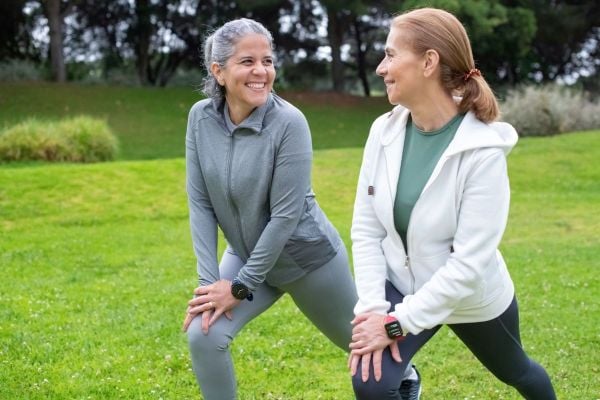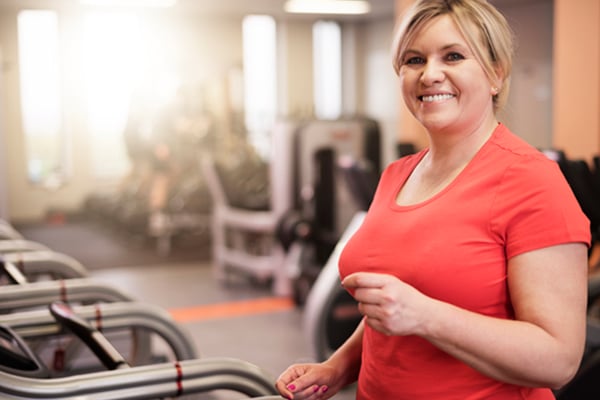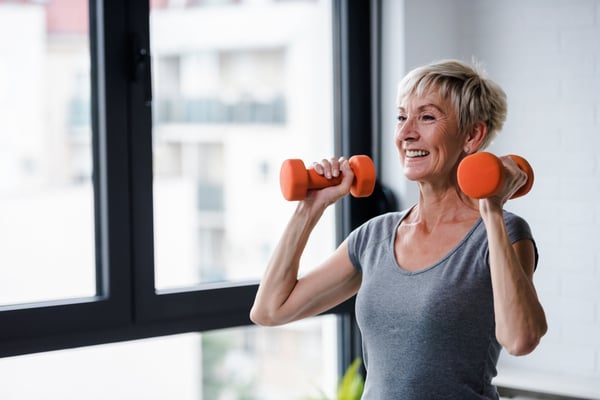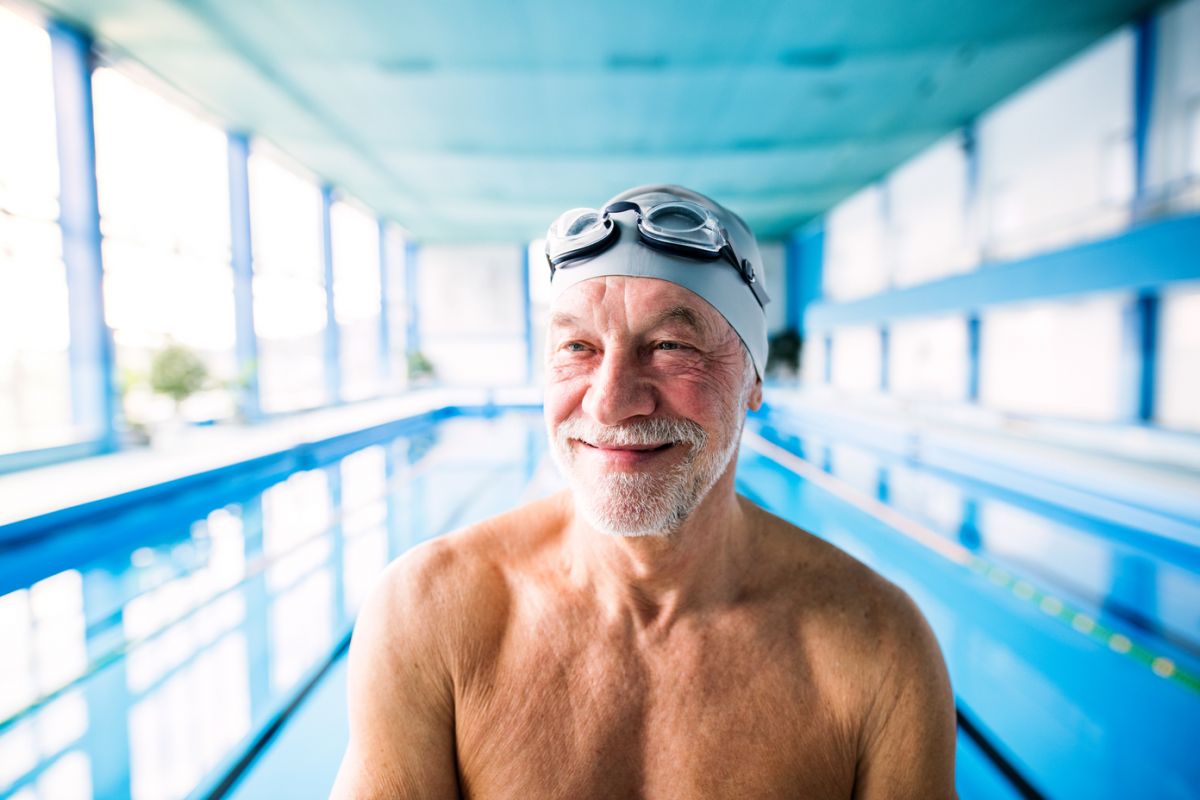
How swimmers can prevent and manage shoulder injuries
Now that the weather is starting to warm up, people are rediscovering different forms of physical activity, like swimming.
Although it can be a very demanding form of cardio exercise, swimming allows you to build muscle strength and endurance while improving your cardiovascular system.
I often recommend to my patients two different swimming exercises, which have different purposes. One is water aerobics, a form of resistance training that is performed in shallow water with foam dumbbells that create resistance when put under water.
This type of exercise is great for people who are middle aged, senior citizens or people who suffer from chronic pain and have difficulty exercising in a conventional gym.
The second swimming exercise is lane swimming, which involves repetitive swimming strokes in a 25 or 50-meter pool, allowing you to burn 600 to 900 calories in about an hour.
Repetitive muscular injuries
In my clinic, I see a lot of different people who have injured themselves swimming. Experienced lane swimmers, for example, can develop repetitive muscular injuries over time.
The muscles that are the most at risk are the pectoralis major/minor complex, the long head of the bicep and the external rotators of the shoulders (infraspinatus, posterior deltoid and teres minor).
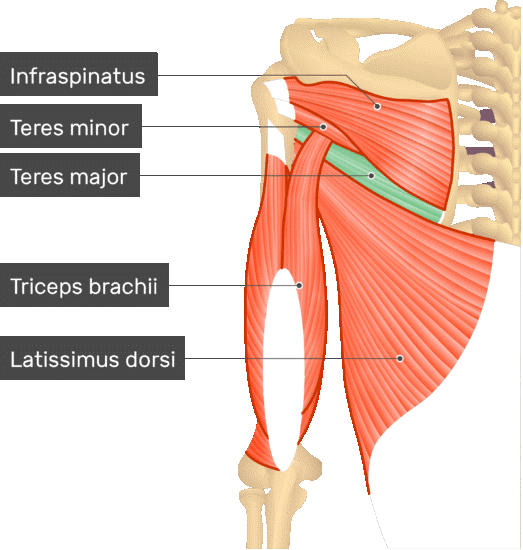
Injuries can depend on the type of stroke that’s performed. A butterfly or front stroke demands a lot from your shoulder muscles, so you can experience pain after a long swimming session.
When dealing with shoulder injuries, rest is incredibly important as pain levels need to decrease before proper rehabilitation can begin.
What kind of treatments can be implemented to manage pain?
Lifemark clinics use state-of-the-art equipment to improve your health and accelerate your recovery, making it easy for clinicians to implement evidence-based treatment plans that will give you the best possible results and help you get back in the water faster.
To accelerate recovery, a patient can expect one or several of the following treatment techniques to be used:
- Soft tissue therapy: A specific massage technique that promotes blood flow, relaxes musculature and breaks up scar tissue.
- Joint mobilization: Passively moving the joint in a normal range to promote proper joint mechanics, improve relaxation of muscles and nourish the joints.
- Acupuncture/electro acupuncture: Used as a relaxation technique, to stimulate the nervous system and improve circulation in the affected area.
- Laser therapy: A low level laser light that accelerates healing via intracellular stimulation.
- Increases blood flow, which can help reduce local swelling and chronic inflammation.
- TENS unit: Reduces pain by producing natural painkillers called endorphins.
- Ice/hot compresses: Enhances or inhibits blood flow.
Once pain and inflammation has decreased, active rehabilitation can begin. For all injuries, we start with passive movements paired with muscle activation with minimal joint movement.
As you progress, exercises will become a little more demanding until we’re ready to try sports exercises. When you’re able to complete specific sports exercises that challenge your strength, mobility and endurance, you can resume physical activity at your normal intensity.
Exercise is an important part of health and wellness. The most important thing you need to realize is that pushing through pain during movement is a mistake that should be avoided.
When discomfort begins to set in, seeking a healthcare provider to detect what the issue is and correct it is vital in order to resume regular activity. If it lingers and you continue to push through the pain, you can develop chronic conditions over time, which makes treatment more difficult.
At Lifemark, we take pride in our ability to help you bring pain to an end so that you can get back to doing what you love. If you feel pain when you exercise, don’t wait. Check out our Locations page to find a clinic near you. Early detection is key.

